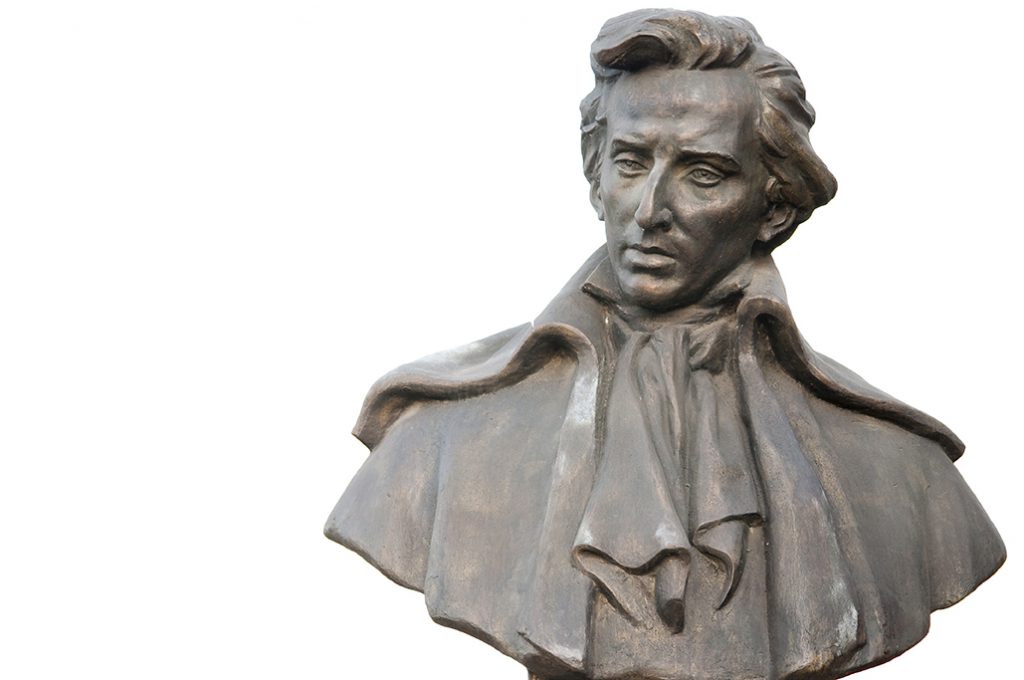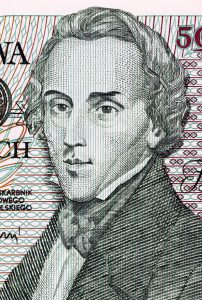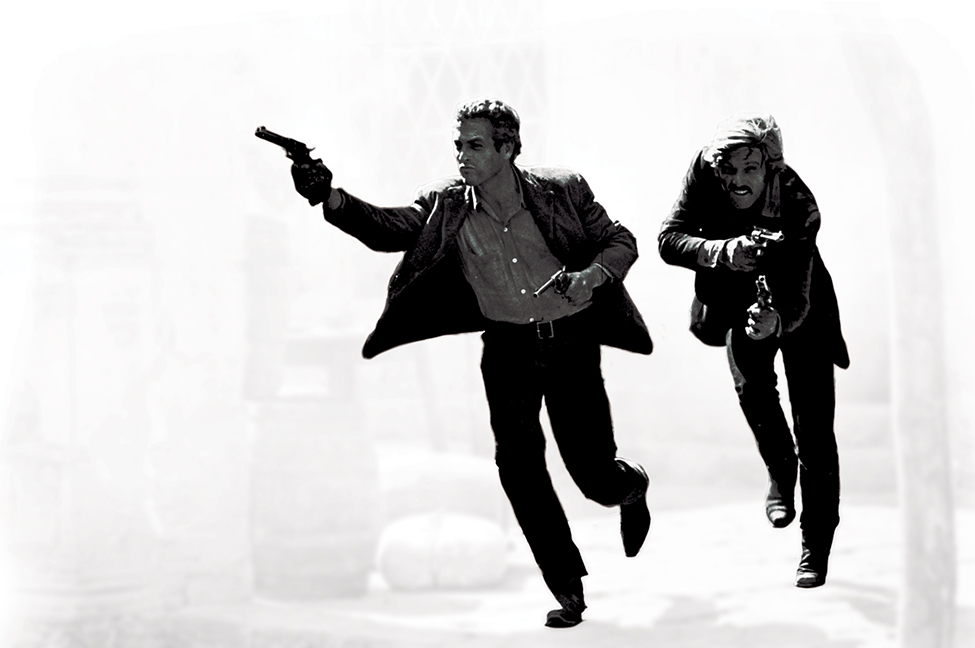Rarely, in the 20th century, was there a self-taught, virtuoso pianist, who became a creative composer of popular songs, Broadway shows, composer of serious symphonic music, and a black folk opera that blended jazz seamlessly into the fabric of his classical style concert hall music. That man was George Gershwin!
Gershwin was born in 1898, into a poor Russian-Jewish family in the lower east side of New York City. His Father, Morris, a skilled leather worker, had quite a few questionable business ventures. His Mother, Rose (Bruskin), was considered a real beauty; described by her son George as nervous, ambitious, and purposeful.
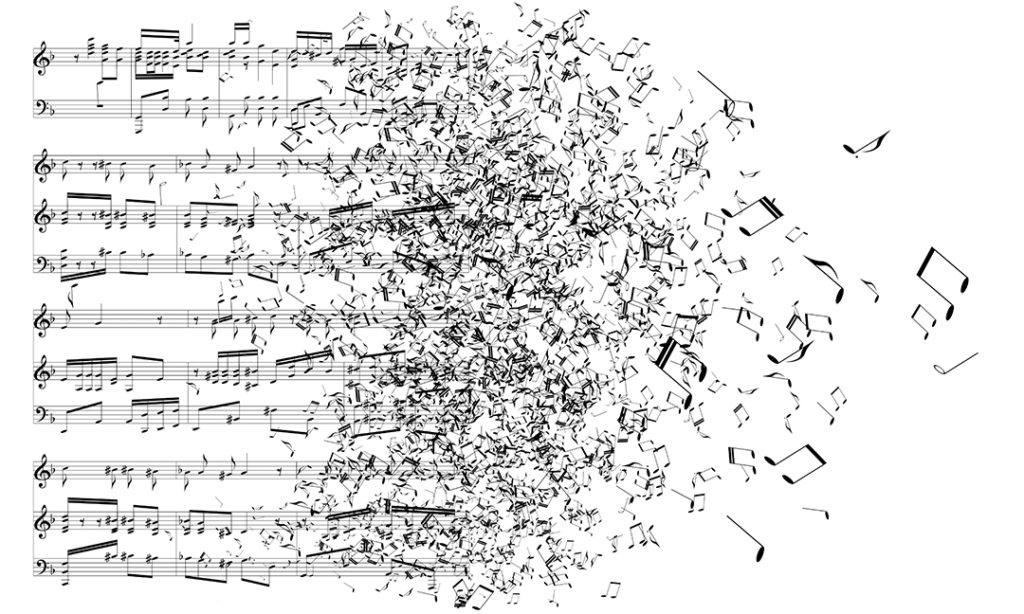
Rose was not supportive of her son’s interest in music and was quick to criticize her children when they disappointed her. Rose and Morris fell in love in Russia but had to wait until they emigrated to America to be married in 1895. A year later they had their first child, Israel. He became known as, Isadore or Izzy, and finally Ira.
Gershwin was not scholarly like his brother Ira but was rather hyperactive and mischievous. His interest in music was peaked when the family acquired a piano. He could pick out tunes readily and soon became quite adept at the keyboard He taught himself to play music he heard in his local, environment.
Schooling was not for Gershwin, like it was for Ira. He apparently ran wild on the streets of New Your City. Even so, he continued his self-taught regimen and even took a few lessons in piano technique and music theory.
His mother arranged for her young son to have a regular, respected teacher. Eventually Charles Hambitzer became, his music teacher and he was a great influence on young Gershwin’s life. He called Gershwin a genius and said he would become “a very special” musician and composer. He gave him a firm foundation in the classics before venturing into more modern music.
In 1913 he got his first real job in music in the Catskills Mountains, or the “Borscht Belt,” as a relief pianist. He made $5 a week. At this point, because he could make money, Gershwin’s father allowed him to eventually quit school and become a musician.
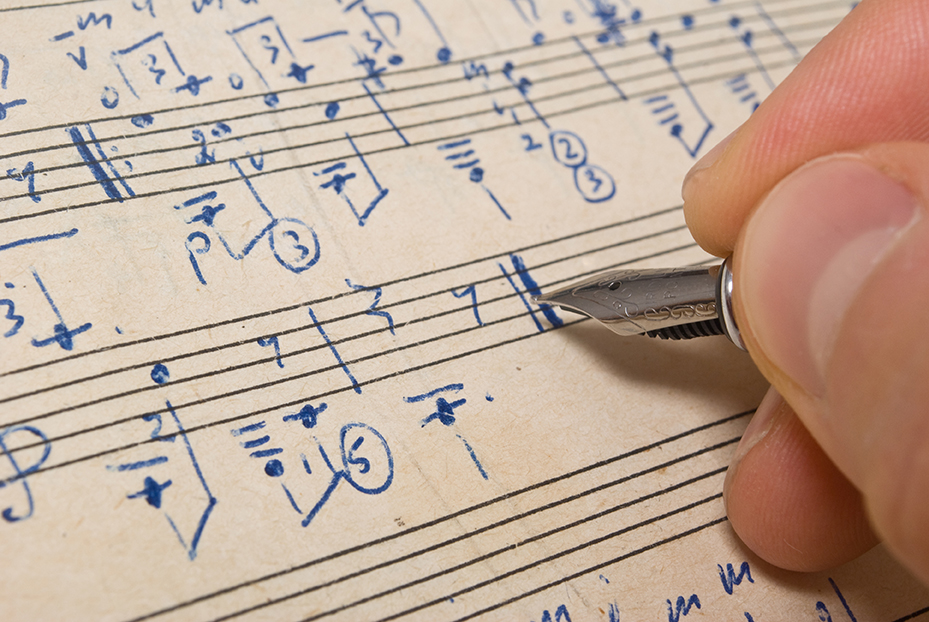
In 1914, Gershwin left the High School of Commerce in New York, and never went back. His life now was all music. He went to work at Romick’s, purveyor of sheet music, in Tin Pan Alley, for $15 a week. The pianist played and sung the songs sold by the publisher. Gershwin often embellished the songs that put him in disfavor with his employer. He wanted to use his own songs and was told not to do it.
Around 1915 he started to write many of his own songs. He also moonlighted in New Jersey playing music that was produced into piano rolls. He eventually disagreed with Remick’s so much, he quit.
By 1916 he had his first published song, sold his first instrumental piece, and had his first musical theater experience. At the young age of 17 he was definitely on his way to eventual fame and fortune.
In the era of the middle teens (1914-1920) Gershwin was a contemporary with composers Jerome Kern (1885-1945) and Irving Berlin (1888-1989). Both men were around 10 years Gershwin senior. Established composers would often need extra songs to “fill in the gaps.” This was a unique opportunity for young composers, like Gershwin, to have one of their songs inserted in a Broadway show. This, of course, drew attention to them and they also gained valuable experience in the Broadway Musical milieu.

During the rest of the teens Gershwin found work and continued studying the piano and music theory. He worked in Vaudeville and was a vocal coach and pianist on a new show called, “Miss 1917.” The music was by Victor Herbert and Jerome Kern. The producer of the show was Florenz Ziegfeld. The show was not successful, but the people Gershwin met, and with whom he worked, were an important element in his future theatrical experiences. Kern said,” He would help (Gershwin) whenever he was ready to write his own show,” wrote Ruth Leon, in her book, Gershwin.
Max Dreyfus became a lifelong colleague and publisher for almost all of Gershwin’s musical output. It is reported that together, Dreyfus and Gershwin made millions from the published works and other musical endeavors. After Gershwin’s death, Dreyfus noted “A man with Gershwin’s talent did not need anybody to push him ahead – his talent did all the pushing.”
One particular song Swanee, had a meteoric following and achieved worldwide acclaim in 1919.Gershwin was only 21 years old when he wrote it. Al Jolson heard the song and took an immediate liking to it. Jolson sang Swanee in The Jazz Singer, the first “Talkie” Movie ever made. This increased Gershwin’s fame and popularity. Jolson included it in his show and recorded the song that increased exposure to it and became one of his biggest hits.
Dreyfus said that Jolson was,” The most successful of all singers and the song was the hit of hits.” The recording and the sheet music sold in the millions. Gershwin would never be poor or destitute again.
Gershwin’s musical output was truly phenomenal, considering his tragically short life. He wrote, Strike Up The Band and 27 other Broadway shows, The Scandals of 1921, 22,and 23, four musicals, one opera, Porgy & Bess, 20 works for concert halls, including the most famous one – Rhapsody In Blue in 1924. He wrote Concerto in F, in 1925, An American In Paris in 1928, and almost 400 popular and endearing songs that are still in vogue today.
The story of Rhapsody in Blue and how it came about, is intriguing but not too well known. In 1924. Band leader, Paul Whiteman, (1891-1967) an aficionado of symphonic jazz, wanted to have a concert called Experiment in American Music. He commissioned Gershwin to write a piece for the concert. He, and other composers who submitted selections, were judged by a panel of luminaries in the music world.
Gershwin decided the piece would not be a concerto, but a rhapsody. A rhapsody is a free style composition usually in one movement. Whitman wanted Gershwin to be the piano soloist. Leon describes the rhapsody as, “A composition of sheer joy, full of juice, fun and sexual hi-jinxs.” Remarkably, it was written in three weeks and orchestrated by Ferde Grofe, Whiteman’s arranger.
Gershwin had little experience arranging for orchestral instruments. After the piece was played the tumultuous roar of the crowd was ear splitting as they expressed their genuine approval. Gershwin had become an icon and a star. It was considered an artistic endeavor to be remembered.
A year later a second concert piece was premiered. the Concerto in F. Again, with Gershwin playing the piano part. This concerto used jazz techniques with traditional forms. It has fast and slow movements, and a fast finale. Ethan Mordden, in his book, A Guide to Orchestral Music, describes the concerto, “It’s rude freshness, it’s urchin’s energy, it’s happy neglect of technique and it’s novelty – make it, not a failed classical concerto, but a classical concerto.” Gershwin successfully de-classified, “it’s its own master.”
The concerto composition involved more rigorous challenges for the orchestra than it did for the rhapsody. Some of the rhythms are more complex and some have unusual harmonies.
On a trip to Paris, Gershwin wanted to find a teacher for a few composition lessons. He approached Maurice Ravel, who turned him down claiming, “it would probably cause him to write bad Ravel.”
Gershwin talked with Stravinsky and the great composer asked him how much he earned last year? Gershwin said, $100,000. Stravinsky replied, “then perhaps I ought to study with you!”
Gershwin wanted to study for awhile with the great French teacher, Nadia Boulanger. She taught many American composers, including Aaron Copland. However, she also turned Gershwin down as she felt there was little she could teach him.
Two outstanding examples of his creative genius are, An American In Paris in 1928 and the opera, Porgy and Bess in 1933 to 1935. In Gershwin’s own words, “My purpose is to portray the impression of an American visitor in Paris. He strolls about the city and listens to various street noises and absorbs the French atmosphere.” He looked for and found a Paris taxi horn to help portray the individual character to his new piece.
Porgy & Bess, described as a ‘Black folk opera,’ was a smashing success. The setting is around Charleston, South Carolina. The songs and speech of the local black community were prominently present in the production. Memorable songs from the opera are: Summertime and I Got Plenty of Nuttin, among many others.
His brother, Ira, was the inspired writer of the lyrics of almost all Gershwin songs from 1924. His contributions to the success and popularity of their music is legendary.
For years to come, The Gershwin Brothers, will be remembered for the unbelievable treasure of songs they left for the world to enjoy. The Broadway shows and hit songs will undoubtedly be remembered as being their finest and most popular contributions to 20th century music. There was no one like them!



